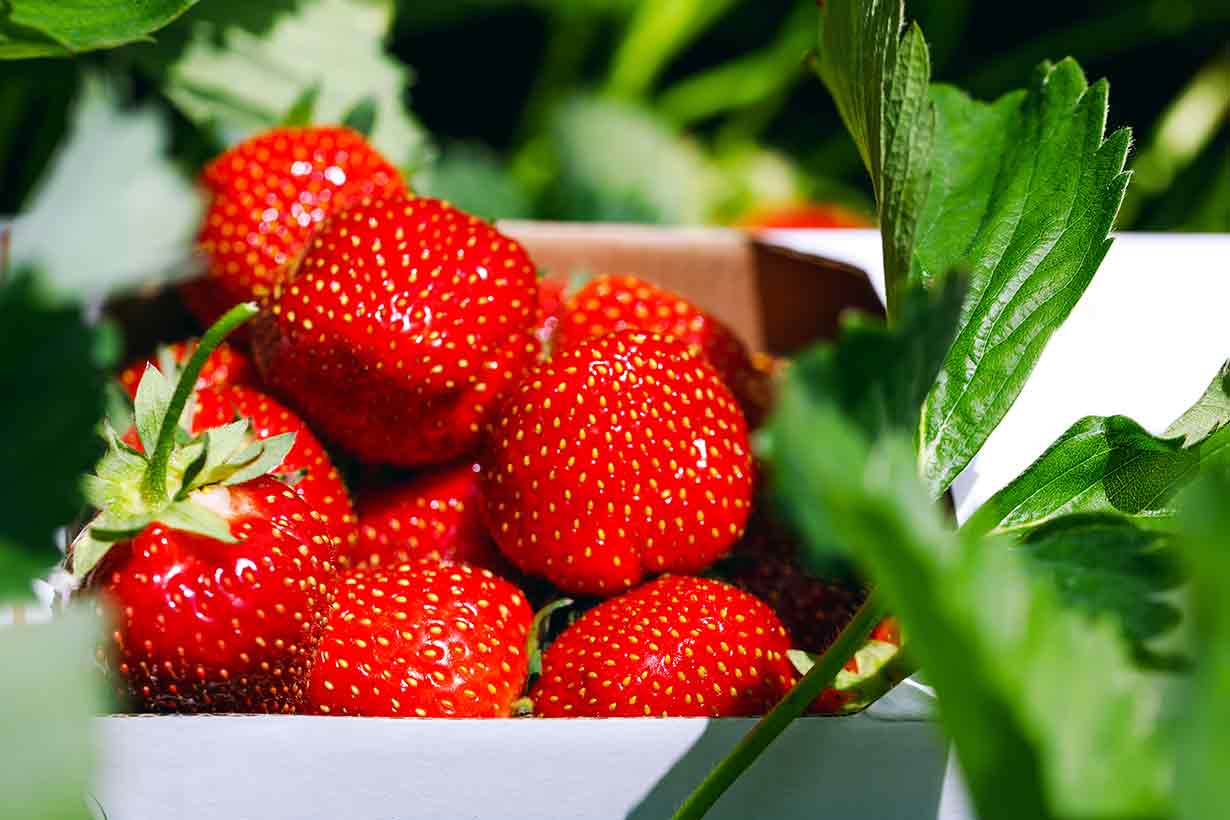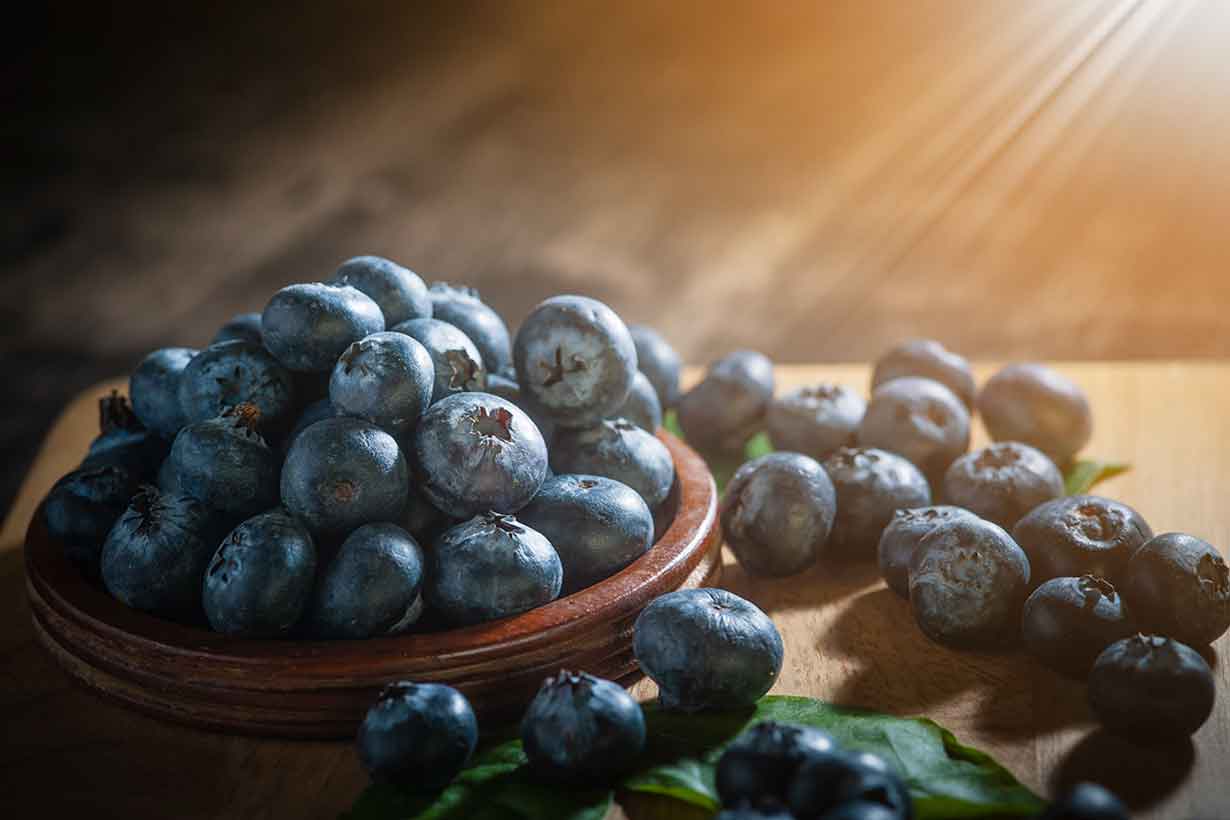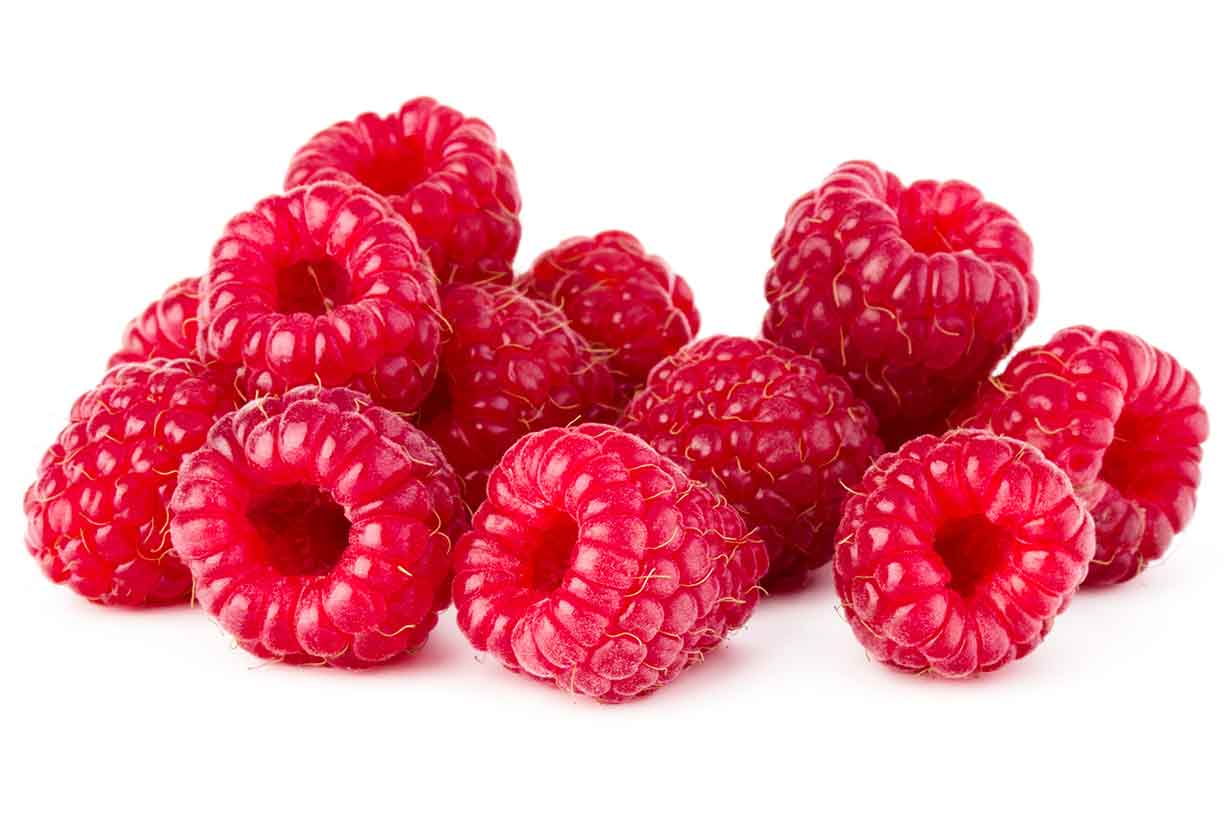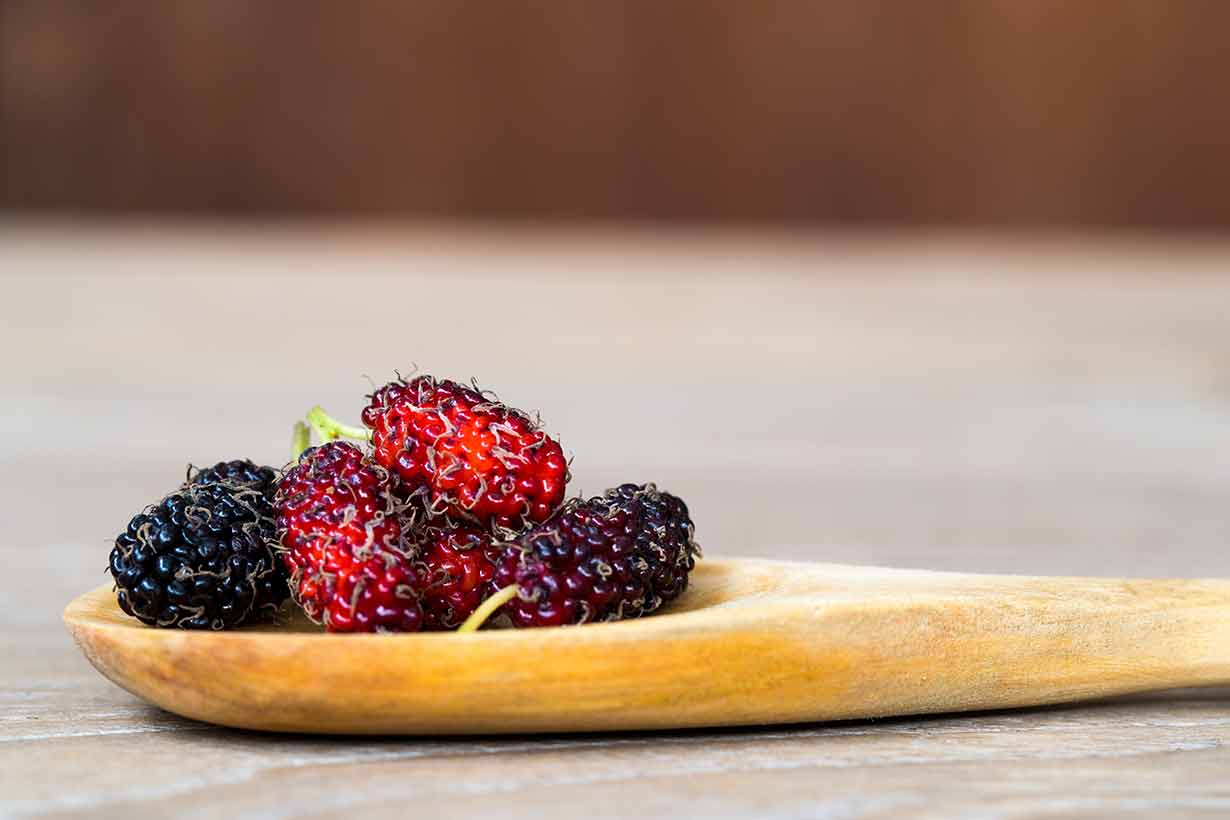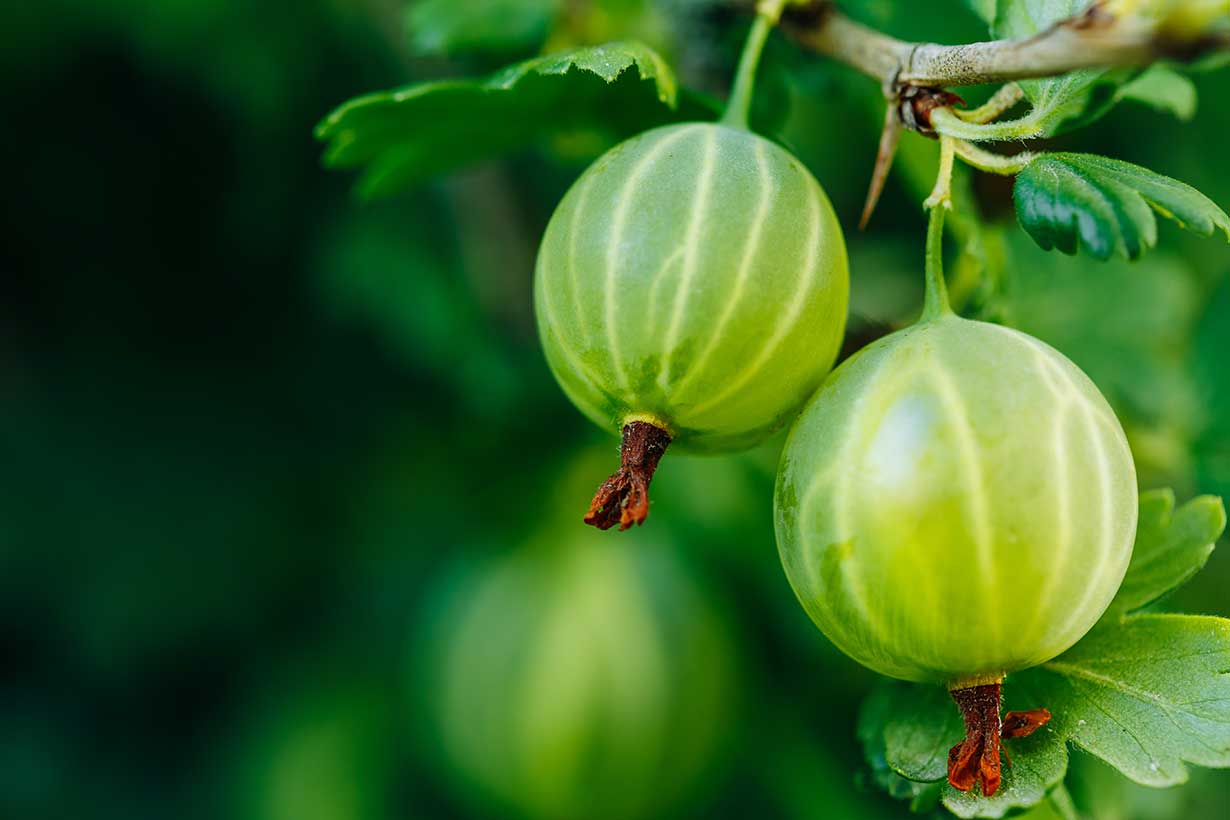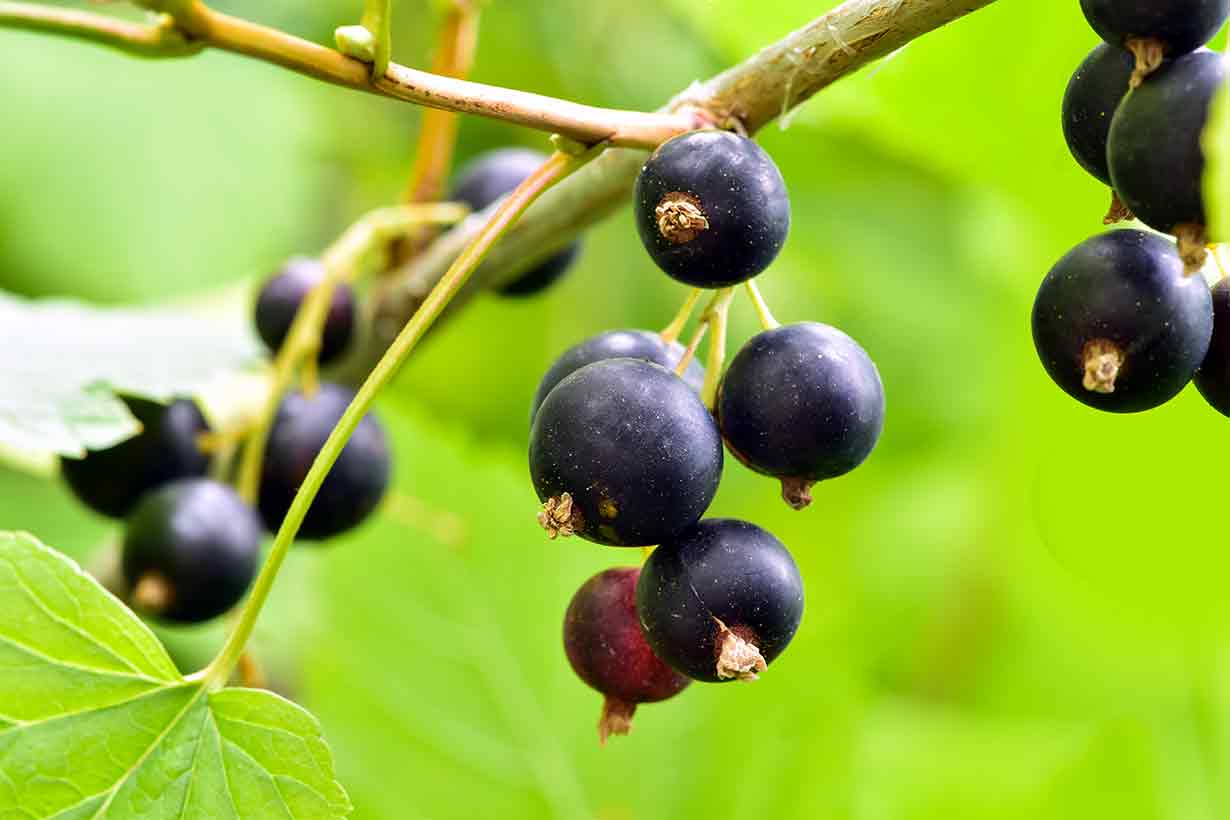Disclosure: This post may contain affiliate links. This means if you click on one of these links and purchase an item, we will receive a small commission at no extra cost to you. All opinions are our own.
Pineberries, a cultivar of white-colored strawberries, boast some unique properties.
How do they compare to regular red strawberries? What’s their flavor profile like, and what nutritional benefits do they provide?
This article explores the interesting characteristics of pineberries.
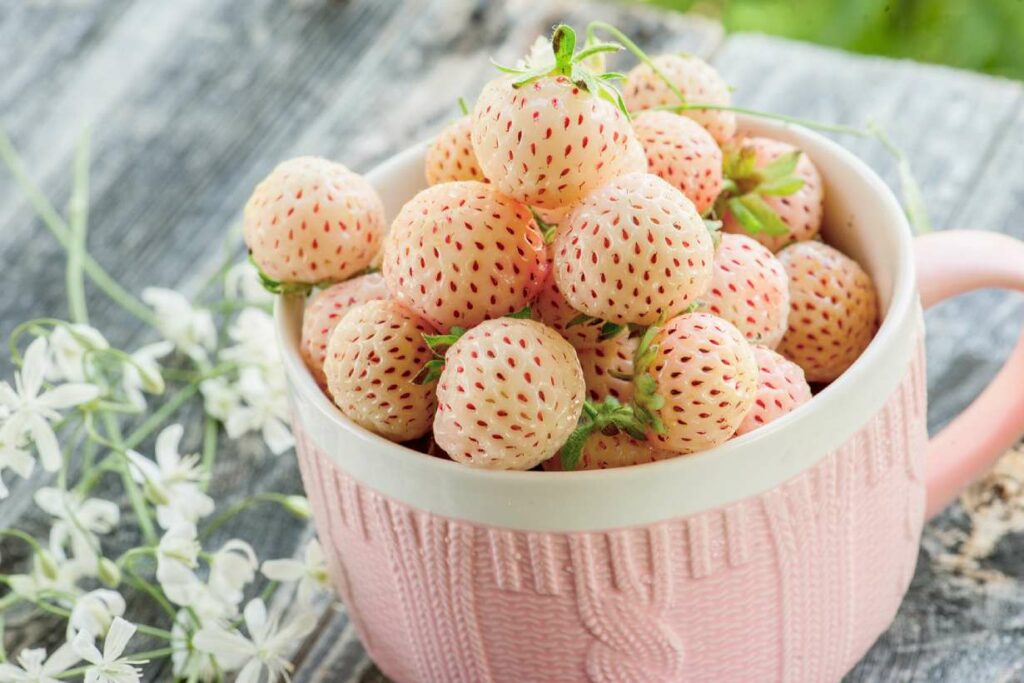
What Are Pineberries?
Pineberries are a specific cultivar of white strawberries.
The pineberry is a hybrid between the North American wild strawberry (Fragaria virginiana) and the white ‘Chilean strawberry’ (Fragaria chiloensis), native to the pacific coast of the Americas (1).
The white-fruited Chilean strawberry boasts a rich history of cultivation spanning over 1000 years (1).
Pineberries are also known as pineapple strawberries, pale strawberries, or more commonly, white strawberries.
Pineberries entered commercial production in the early 2000s, with their first commercial sales in the United States beginning in 2012 (2).
These little berries are becoming popular not only for their novelty factor as white strawberries, but also because they taste delicious.
What Do They Taste Like?
Pineberries have an interesting flavor profile distinct from that of regular strawberries.
Described by many as a fusion between pineapple and red strawberry, they also have slightly flavor notes of vanilla.
Additionally, the flavor is slightly tarter than regular strawberries and not quite as sweet.
Like red strawberries, pineberries have a soft texture and juicy flesh.
Are Pineberries Natural or Genetically Modified?
Pineberries were developed through the cross-breeding of strawberries with the desired characteristics.
Some of the most important characteristics for breeders would have been the white coloration and pineapple-like taste.
In other words, pineberries were developed through natural breeding techniques that people have used for thousands of years.
Pineberries have not undergone any form of genetic modification.
Appearance
While there is a slight resemblence to red strawberries, pineberrie have different size and color characteristics.
Firstly, as mentioned, pineberries have a white flesh. This white flesh is adorned with tiny red-colored seeds. Pineberries lack the red color of other strawberries due to their lower anthocyanin content (3).
Anthocyanins are a group of flavonoid polyphenols that confer the red, blue, and purple colors often seen in berries (4).
Although similar in size and cone-shaped appearance, pineberries exhibit a slightly more rounded appearance compared to red strawberries.
The Nutritional Profile of Pineberries
In terms of their basic nutritional profile, there’s little difference between pineberries, a white strawberry cultivar, and red strawberries.
With this in mind, pineberries typically offer the following nutritional values per 100 grams (5):
- 45 calories
- 11.1g carbohydrates
- 2.88g fiber
- 7.04g sugars
- 0.43g fat
- 0.97g protein
Do Pineberries Differ From Regular Strawberries Nutritionally?
While the basic nutritional values of pineberries and strawberries are similar, they diverge more significantly in terms of phytochemical content.
Phytochemicals, sometimes referred to as ‘plant chemicals’, are compounds found in plants that can have beneficial effects within the body. Polyphenols and carotenoids are two of the most well-known classes of phytochemicals found in food. Among their functions, numerous phytochemicals exhibit antioxidant properties (6).
A study published in 2023 examined the phytochemical profile of white strawberries. This research revealed that pineberries contain high levels of the following polyphenol compounds (3):
- Gallic acid
- Kaempferol
- Quercetin
However, white strawberries, on average, have a notably lower total phenol content compared to red strawberries. Specifically, white strawberries display a mean total phenol content of 106.3 mg per 100 grams, while red strawberries offer 268.1 mg per 100 grams.
In short, pineberries typically harbor lower phenol levels than red strawberries, primarily due to the latter’s higher anthocyanin provision. Researchers found that, on average, red strawberries possess a 14 times higher anthocyanin content.
Earlier research published in 2013 revealed why white cultivars of strawberries exhibit reduced anthocyanin content (7). The primary reason lies in the downregulation of enzymes involved in anthocyanin production in white strawberries.
What Benefits Do Pineberries Have?
Although specific research on the potential benefits of pineberries is limited, here’s a summary of their nutritional benefits:
- Phytochemicals: Pineberries provide a source of phytochemicals, including the polyphenols gallic acid, kaempferol, and quercetin. Each of these polyphenols has been associated with various health benefits, including anti-inflammatory properties (3, 9, 10, 11).
- Fiber: Like strawberries, pineberries offer a good fiber source for relatively few calories. They contain 2.8 grams of fiber per 100 grams, and this amount contains only 45 calories (5, 12).
- Vitamin C: Pineberries represent an excellent vitamin C source, supplying 58.8 mg per 100 grams, equivalent to 65% of the FDA’s recommended daily value (5, 12).
- Manganese: In addition to vitamin C, pineberries also offer a good level of manganese (0.39 mg per 100 grams), meeting 17% of the daily value (5, 12).
Do Pineberries Have Any Downsides?
There are no clear downsides to eating pineberries; they are a nutritious and great-tasting fruit.
However, here’s a summary of some drawbacks of pineberries compared to red strawberries.
Lower Anthocyanin Content
As previously mentioned, pineberries have lower anthocyanin and total phytochemical content than red strawberries (3).
This could be seen as a downside since anthocyanins are consistently associated with health benefits.
For instance:
- A 2021 systematic review of 44 randomized controlled trials found that regular intake of anthocyanin-rich berries may protect against cardiovascular disease due to their lipid-lowering and anti-inflammatory properties (13).
- In 2021, a systematic review of 32 randomized controlled trials showed that berry anthocyanins improved memory performance and endothelial function. Endothelial function refers to the health of the lining found in blood vessels, and it is important because the endothelium (lining) controls processes such as blood flow, immune responses, and clotting (14).
- Another systematic review in 2020 found that anthocyanins helped reduce oxidative stress. Oxidative stress refers to the number of free radicals in the body exceeding the available antioxidants to fight them. High levels of oxidative stress are linked to chronic diseases such as cardiovascular diseases and cancer (15, 16).
Availability and Higher Cost
Another downside of pineberries is their lwoer availability compared to red strawberries, making them harder to find.
In my experience, they also tend to cost about 50% more than red strawberries. However, this cost difference may vary depending on the location and store.
Where Can You Buy Pineberries?
If you want to try pineberries, there are several options:
- Grocery stores and supermarkets: Grocery stores and supermarkets may occasionally stock pineberries, particularly between spring and early summer when they are in season.
- Online stores: Some online retailers may sell pineberries. A quick search for pineberries in your local area may bring results.
- Speciality fruit stores: Stores specializing in fruit may have a higher likelihood of stocking pineberries, or knowing where to find them.
In the United States, here is a list of retailers that may stock pineberries.
Additionally, for those interested in growing their own pineberries, plant roots are available for purchase from various online retailers, including Amazon.
Final Thoughts
Pineberries, with their unique appearance and delicious taste, are worth trying if only for their novelty.
They provide an excellent nutritional profile, and like any strawberry, offer a good amount of vitamin C and fiber for very few calories.
For more information on different types of fruit, check out this guide to various common (and some lesser-known) options:


